Fungi Friday: interesting facts about mushrooms 🍄🍄🍄

Hi Fungi people 😉
Mushrooms are a mysterious world that exists near us, but often goes unnoticed. In fact, any old stump where mushrooms have settled is a whole world that can be explored for years.
I think I will not be mistaken if I say that many of us are crazy about the metitative mushroom picking process. But how much do we know about them?
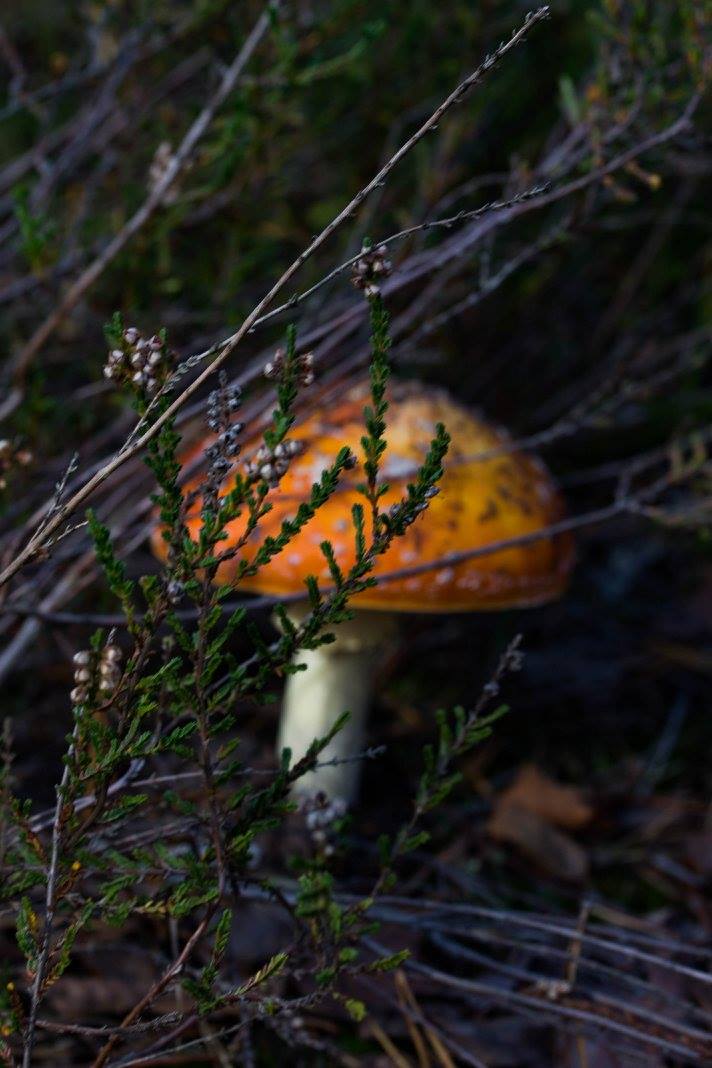
Everything related to the world of mushrooms is not so simple. How many complaints about them from farmers, with which they infect the entire crop! And how much trouble they can deliver to housewives! But that's more! These cunning creatures can influence people's behavior! This is where you can believe that they are real space aliens.
I decided to do my own little research. I am not a botanist. So I bought some books, did a search on the Internet, and now I'm ready to share the results with you. I will do it in the form of short logically completed texts so as not to bore you too much. In addition, I still continue my journey into the world of mushrooms.

For a long time, mushrooms were considered plants. Indeed, why not? If we compare their behavior with the behavior of my dogs or with the behavior of the flowers on my windowsill, then they will obviously be closer to the latter.
Then, for quite a long time, scientists could not find the right place for them. Who are they? Animals? Pathological formations? Minerals? (Yes, there was such a version too).
People have been in contact with mushrooms since ancient times. The remains of different types of mushrooms were found in the Austrian Alps next to the remains of Bigfoot, who died 5300 years ago! I hope he didn't get poisoned by mushrooms…
I don't know how well ancient people knew about mushrooms so that they could eat them without the risk of poisoning, but what they were definitely more fortunate in was that they did not think too much about the nature of mushrooms and did not have the feeling that they were engaged in cannibalism. Although ... as far as I remember, many ancient tribes did not disdain cannibalism.
Nevertheless, what we see in the mythology of different peoples suggests that already in ancient times people understood the special position of fungi in the general system of living organisms.
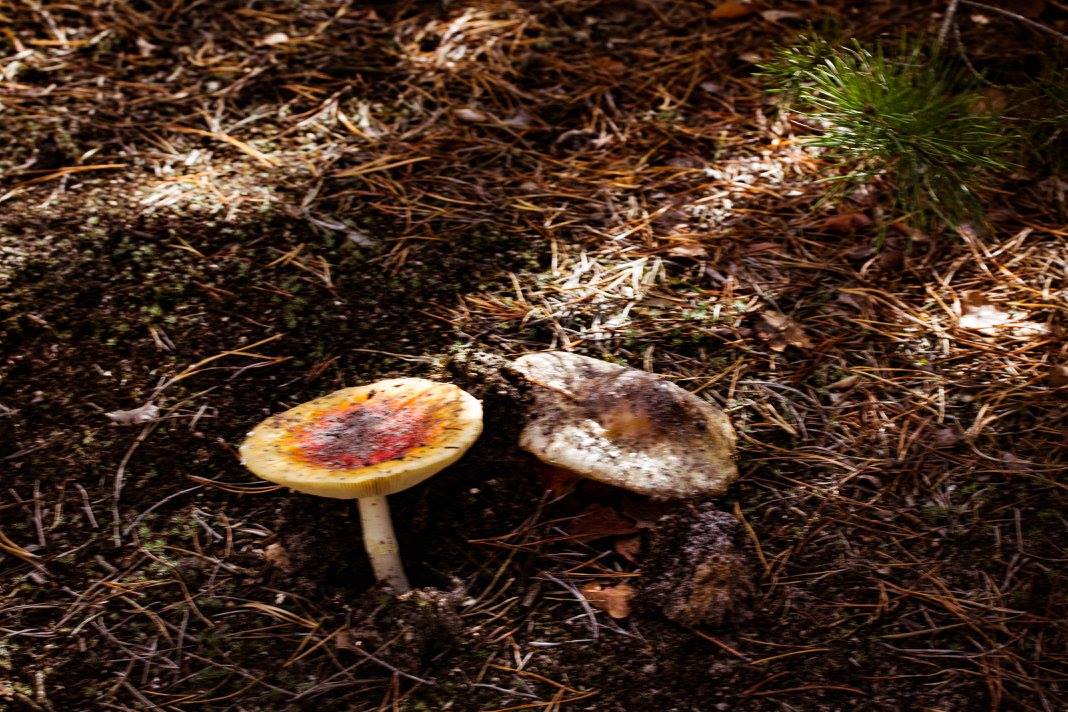
Evidence of a very significant role of mushrooms in mythology and in culture as a whole should be considered the emergence of a special science of ethnomycology. The work of the American scientist R. G. Wasson and his followers makes it possible to reveal the significance of mushrooms in many cultural and historical traditions. In particular, mushrooms often act as a classifier, with the help of which such oppositions as “profane-sacred”, “female-male”, “water-fire”, etc. are clearly formed.
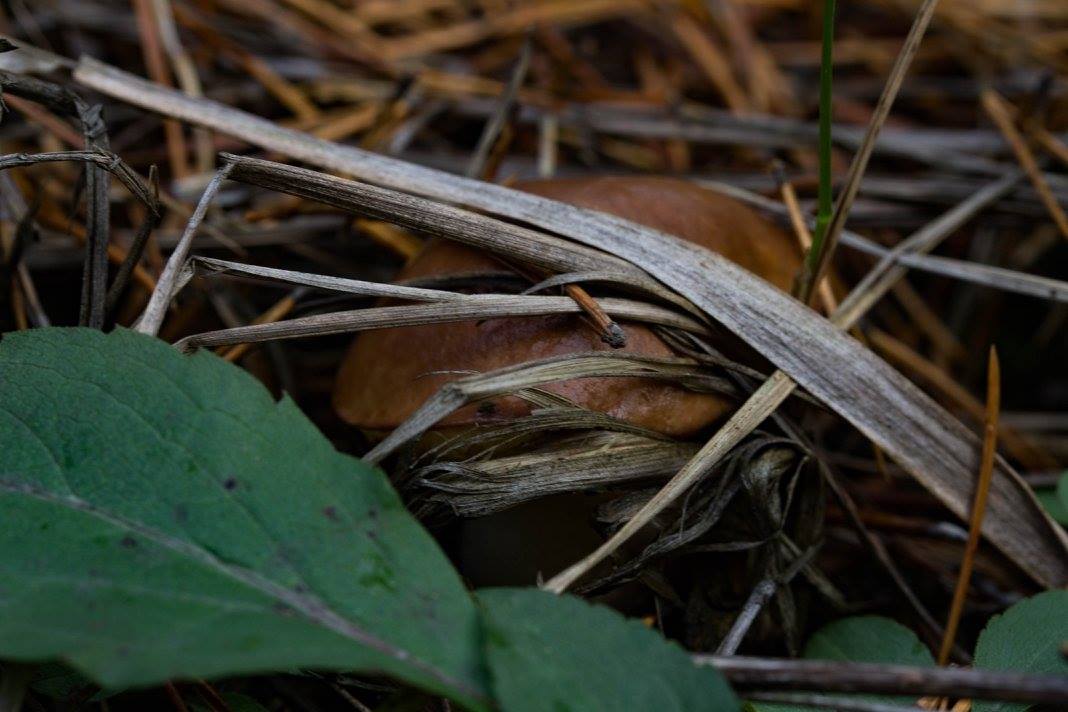
The fluctuations that remain in the grassroots tradition regarding the belonging of mushrooms to the plant or animal world explain a number of mythological motifs associated with the metamorphoses of fungi (the origin of the fungus from stone, the transformation of people into shribs, duplication, in which the same motif is correlated either with mushrooms or with stones , then with chthonic animals, etc.).
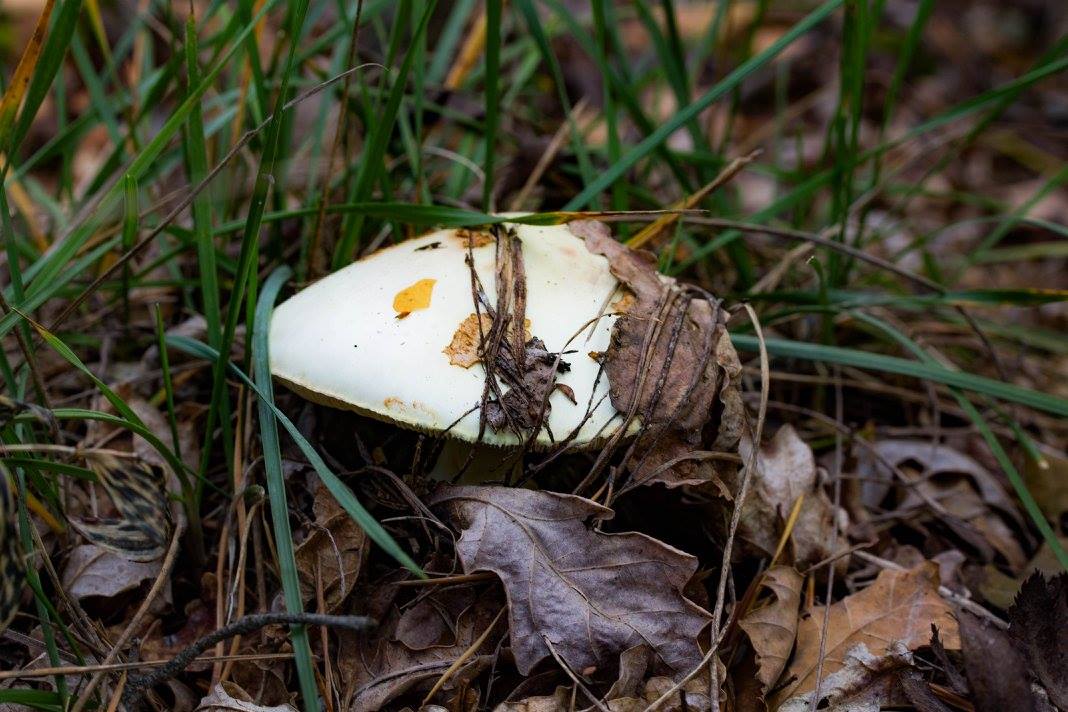
The situation of the characteristic geographical alternation of mycophobic and mycophilic traditions led to an extremely low level of knowledge about fungi in the first case and a tendency to develop a specialized secret system of knowledge about fungi in the second. The recent discovery of the esoteric cult of mushrooms among the Mexican Indians made it possible to reassess the situation and pay attention also to other traditions in which there is a similar cult (Old Chinese, Paleo-Asiatic, etc.).
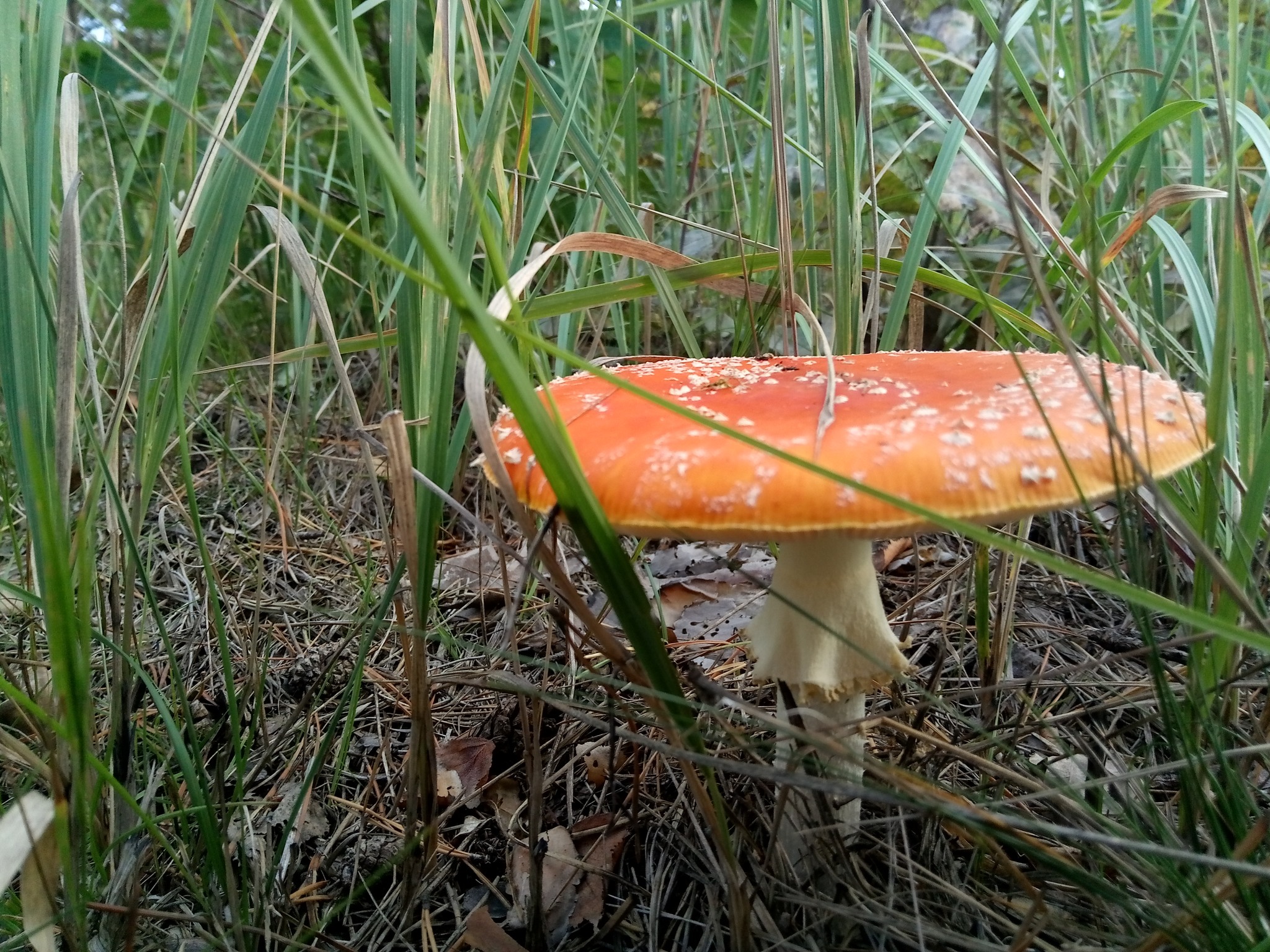
Already the "Chronicle" of Bernardino de Sahaguna (XVI century) reports the use by the Indians during religious holidays of the magic mushroom teonanácatl, which causes hallucinations; even earlier, at the turn of a new era, a sculpture appears in Mesoamerica depicting a mythical spirit on a leg; a few centuries later, mushrooms appear - idols sculpted by craftsmen from the Maya tribe - the Quiche. In Paleo-Asiatic mythology, stories about "fly agaric people" ("fly agaric girls" seductresses among the Itelmens, etc.) are widespread.
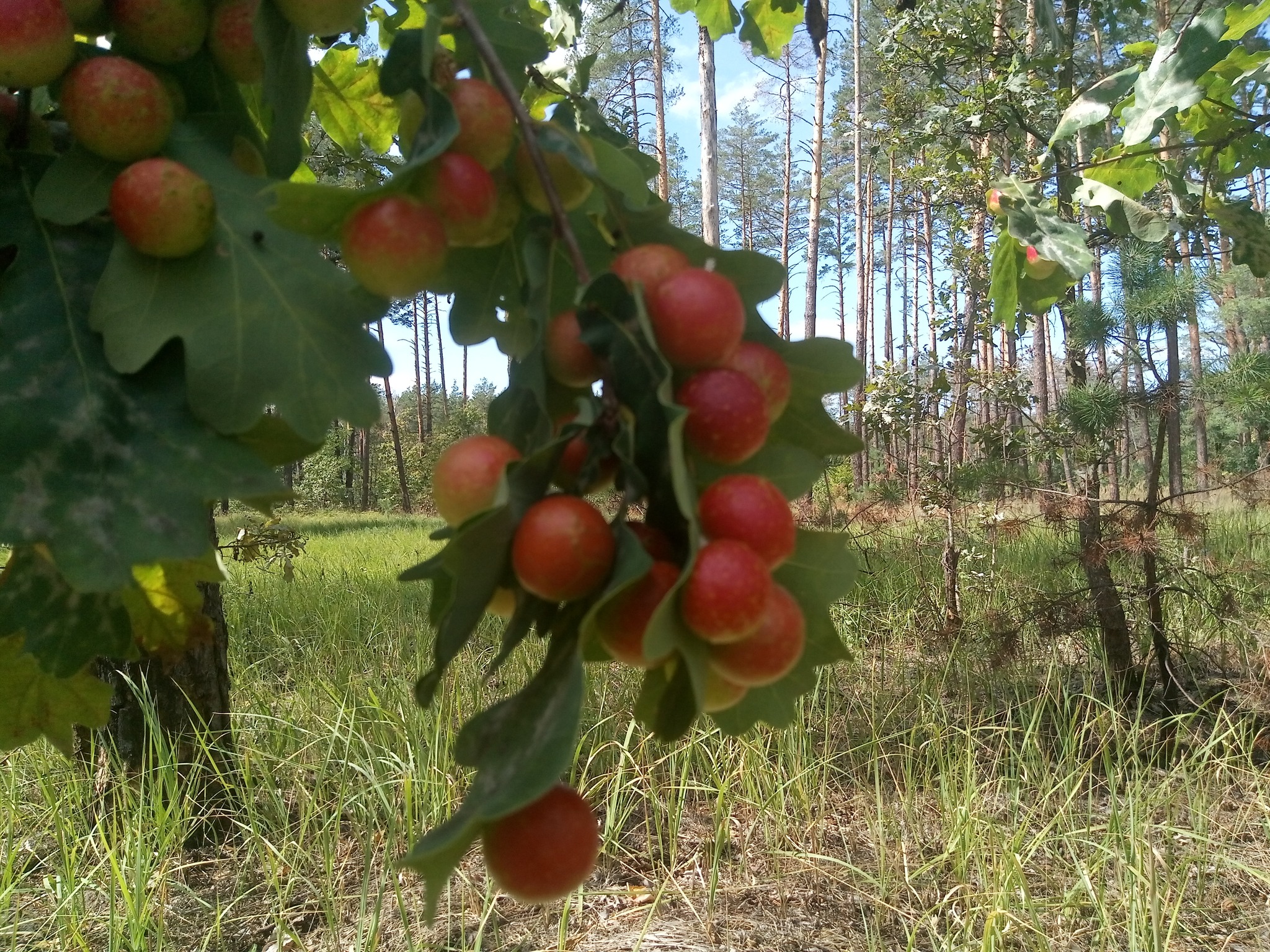
The sharp difference in attitudes towards mushrooms in different cultures (we see the Greek name for mushrooms as "food of the gods" or the Aztec as "God's flesh" and the interpretation of mushrooms as "devil's bread", "food of the dead" or "stool" among mycophobes) not only contrasts mushrooms as food "anti-food", but also defines two types of mythological motivations for the value or harmfulness of mushrooms. In addition, in a number of traditions there is a rather stable opposition (at the level of motives and language) of male and female mushrooms, sometimes associated depending on their appearance (convex - concave) with the corresponding genitals.
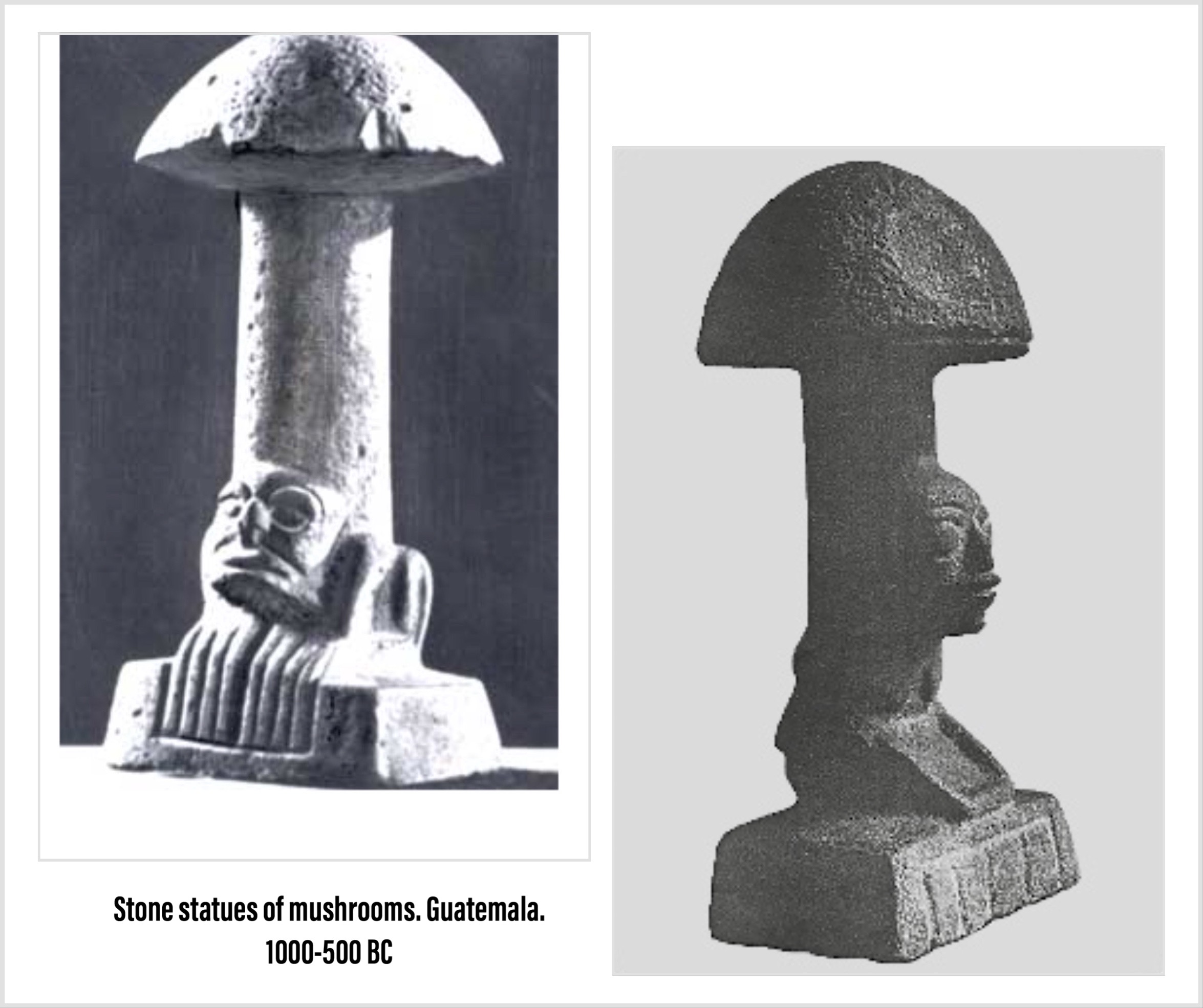
The Ket myth explains mushrooms as phalluses that have fallen into decay in the forest. Numerous forms of popular consciousness associate corresponding properties with mushrooms. For example, a fairy tale where a boy announces that his wife will be the one who eats the mushroom; the boy's own sister eats the mushroom, and he runs away from her in fear (the threat of incest), the motif of the war of male and female mushrooms with each other.
I hope I didn't bore you too much? Next Friday, we'll talk about what mushrooms have in common with thunder and lightning, and even the Greek gods.